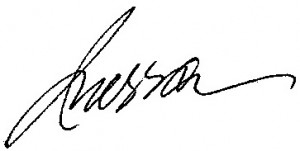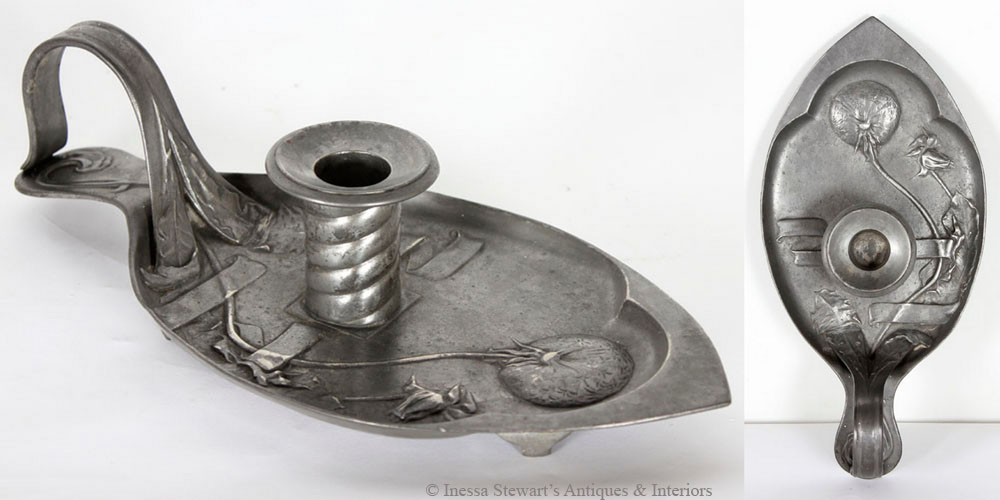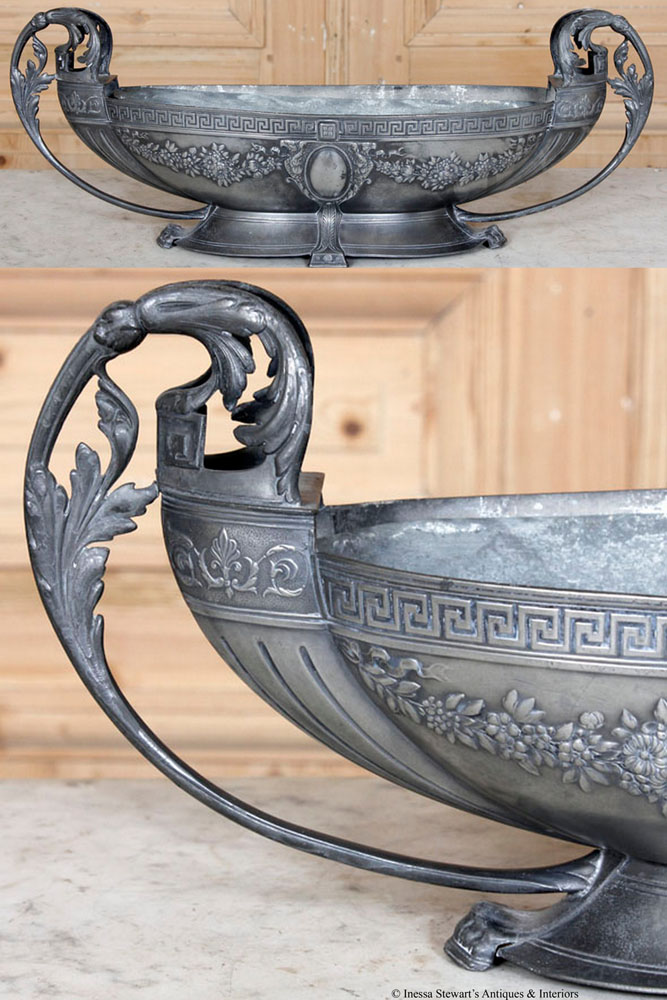 The history of wide use of antique European pewter dates back to the 11th century, also termed the Middle Ages, when pewter came into vogue to grace the tables of royalty and nobility for daily use as decorative tableware. Pewter is a very soft pliable alloy in which the predominant (at least 92%) ingredient is tin and it has been a part of world history even before the Middle Ages. Archeological digs in Egypt uncovered pewter that was crafted 3,500 year ago! This is the period historians typically call the Bronze Age. The primary metal in the alloy of bronze is tin, alloyed with copper. Historians also speculate that pewter, and its resulting need for the metal tin, was one of the reasons for the Roman conquest of Britain.
The history of wide use of antique European pewter dates back to the 11th century, also termed the Middle Ages, when pewter came into vogue to grace the tables of royalty and nobility for daily use as decorative tableware. Pewter is a very soft pliable alloy in which the predominant (at least 92%) ingredient is tin and it has been a part of world history even before the Middle Ages. Archeological digs in Egypt uncovered pewter that was crafted 3,500 year ago! This is the period historians typically call the Bronze Age. The primary metal in the alloy of bronze is tin, alloyed with copper. Historians also speculate that pewter, and its resulting need for the metal tin, was one of the reasons for the Roman conquest of Britain.
The introduction of china and porcelain in 18th century signaled the end of the daily use of pewter as tableware. Nevertheless, new uses for pewter were devised by craftsmen as a creative metal during the Arts and Crafts, Art Nouveau and Art Deco periods.
The antique pewter we find today is primarily from 18th, 19th and early 20th century.
There is an undeniable strength of character and soft, warm patina in old and cherished pewter items. I just love groupings of tankards and pitchers in the middle of farm tables or atop antique buffets, filled with wild flowers.
Just in the last few decades the popularity of this precious metal has reemerged. The Country French, rustic and lovely greige color palettes of today’s interiors have given a new resurgence in the interest of the charming wares crafted so many years ago in this pliable and very adaptable metal ~ antique pewter.













